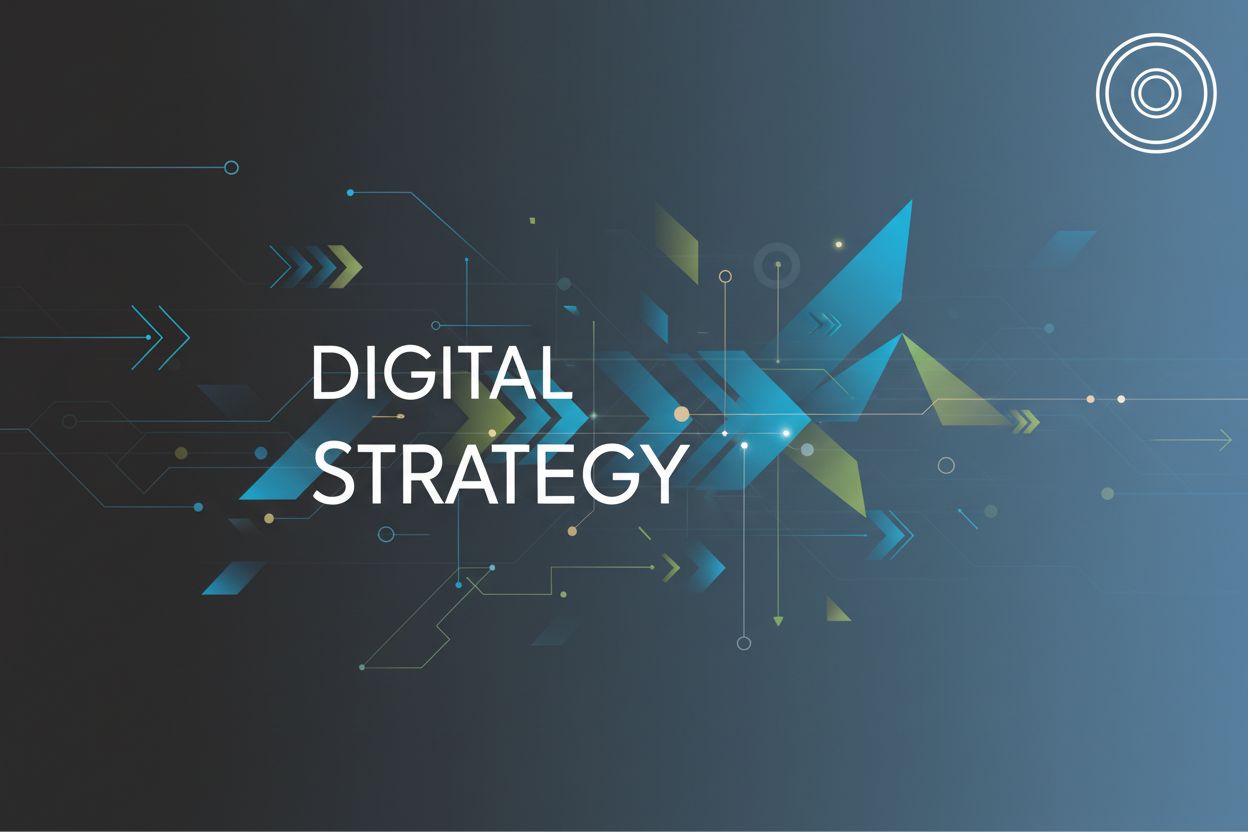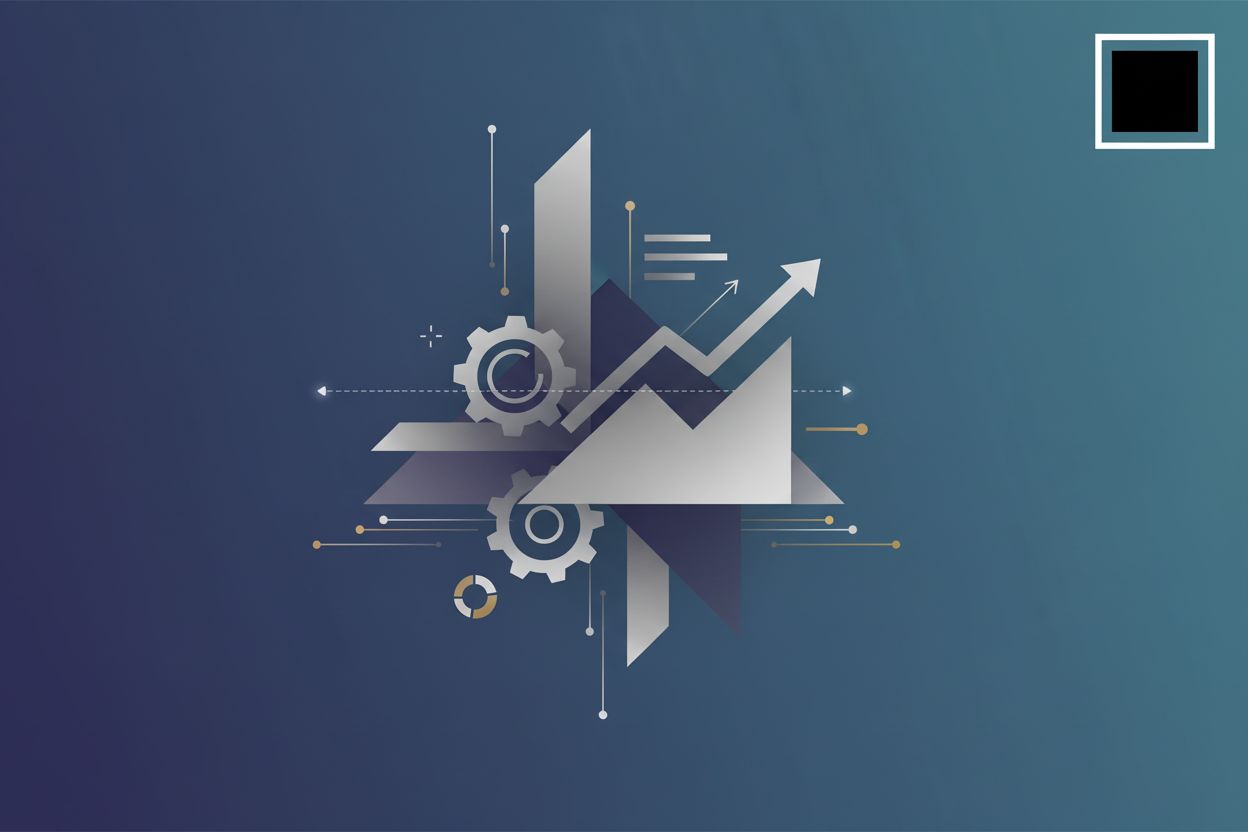Customer Data Platforms (CDP) Integration Strategies
TL;DR
Understanding the Role of CDPs in Digital Transformation
So, you're probably wondering what all the buzz around CDPs is about, right? Are they just another marketing buzzword, or is there, like, actually something to them? While some might dismiss them as hype, CDPs offer tangible value that goes way beyond marketing jargon by providing a unified, actionable view of your customers. Let's dive in.
CDPs aren't just fancy databases; they're more like the ultimate customer data hubs, a place where all your customer info comes together to form a single, unified view. Think of it as less of a spreadsheet and more of a, well, a single customer view (SCV).
Okay, so why would you even want a cdp? Here's the lowdown:
- One Customer, One View: CDPs pull data from everywhere – your website, app, crm, even that random survey you did last year – to create a single customer profile. As cdp.com puts it, it's all about aligning business efforts around a single source of customer truth.
- Personalization on Steroids: Forget generic emails. With a cdp, you can personalize every interaction based on real-time customer behavior. Imagine sending a targeted offer to someone who just spent 10 minutes browsing your "widget" page – that's the power of a cdp.
- Data Democracy: No more data hoarding! A CDP makes customer data accessible across your whole organization. Sales, marketing, even customer service can use the same data to make smarter decisions.
- More Than Just a crm: While a crm is great for managing customer interactions, it doesn't collect behavioral data like a cdp does, says Segment. A crm knows who your customer is, but a cdp understands what they're doing.
According to Gartner, a cdp supports marketing and customer experience by unifying a company's customer data from marketing and other channels.
Think about healthcare – a cdp could help personalize patient communications based on their medical history and preferences. Or in retail, you could use a cdp to offer tailored product recommendations based on past purchases and browsing behavior.
So, what's next? Well, we'll be looking at how to integrate these powerful CDP tools into your existing tech stack.
Key CDP Integration Approaches
So, you've got this cdp thing, and now you gotta make it actually work with all your other stuff, huh? It's not just plug-and-play, sadly. There's a few ways to go about it, and each has its perks and uh—not-so-perks. Let's get into it.
Think of api integrations as the express lane for your data. It's all about getting info from one system to another right now. No waiting, no batching, just pure, unadulterated real-time data flow. We're talking instant personalization, triggered emails, and all that jazz.
- Imagine someone adds a product to their cart but doesn't buy it. With an api integration, your marketing automation platform knows about it instantly and can send a reminder email within minutes, maybe even with a cheeky discount.
- Advertising platforms are another prime candidate. As users interact with your website, their data feeds directly into your ad campaigns, optimizing targeting on the fly.
Of course, it's not all sunshine and rainbows. apis can be a bit finicky. You gotta make sure everything is talking the same language, and that the data formats are compatible. It's like trying to plug a European adapter into an American outlet – it just doesn't work without some tinkering. Plus, you need to be mindful of rate limits, which are restrictions on how often you can send data, and potential downtime, where a system might be temporarily unavailable, both of which can disrupt real-time data flow.
Then there's batch integrations. Think of this as the slow and steady approach, where data is collected over a period of time and then processed all at once, at a scheduled interval. It's not as sexy as real-time, but it's got its place.
- Data warehousing and reporting are perfect examples. You don't need second-by-second updates for these. Daily or even weekly batch updates are often sufficient, and it reduces the processing load on your systems.
- Tools like Apache Kafka, which is a distributed event streaming platform, or even simple cron jobs, which are time-based job schedulers in Unix-like operating systems, can handle this.
One of the trickiest parts is finding the sweet spot between data freshness and processing overhead. You don't wanna overload your servers, but you also don't want your data to be ancient history.
Sometimes, you've got systems that just refuse to play nice with each other. They speak different languages, use different data formats, and generally make life difficult. That's where middleware comes in. It's like a translator, bridging the gap between disparate systems.
- For example, an enterprise service bus (esb) acts as a central hub for managing integrations, allowing different applications to communicate with each other by transforming data and messages.
- Or maybe an integration platform as a service (ipaas) is what you need to connect cloud-based and on-premise applications, offering a suite of tools for building, deploying, and managing integrations.
Middleware can be a lifesaver in complex integration scenarios.
Lastly, there's native integrations. These are pre-built connectors that make it easy to link your cdp with popular marketing tools. Think of it as the "easy button" of cdp integration.
- Got a Marketo account? There's probably a native connector for that. Using Salesforce? Yep, likely got one too.
The big advantage is ease of use. Native connectors reduce development effort and get you up and running quickly. However, they can be less flexible than other approaches. If you need a highly customized integration, a native connector might not cut it. It's also important to check if your favorite tools have native connectors available for your specific cdp.
So, which approach is right for you? It depends on your needs, your tech stack, and your budget. Each has its pros and cons, and the best strategy might even involve a mix of all four.
Next up, we'll dive into how to choose the right integration strategy for your business, and some common pitfalls to avoid.
Overcoming Common CDP Integration Challenges
Okay, so you're thinking about integrating a cdp, huh? Awesome! But lemme tell ya, it's not always a walk in the park. You're bound to run into a few snags, but don't sweat it—we're gonna help you navigate them.
First up: data quality. It's like, the foundation of everything. If your data is a mess, your cdp is gonna be a mess, too.
- Think about all the different systems you're pulling data from: your crm, your marketing automation platform, your e-commerce platform, maybe even some old spreadsheets floating around. As Treasure Data says, they unify data from marketing, sales, and service teams.
- These systems probably aren't using the same data formats or naming conventions. You might have "John Smith" in one system and "Jon S." in another.
A 2024 study found that poor data quality costs businesses an average of $12.9 million per year. So, yeah, it's kinda important.
So, what do you do? You gotta put some processes in place to validate and cleanse your data. This means things like:
- Standardizing data formats
- Deduplicating records
- Filling in missing data
Then there's the whole identity resolution thing. This is all about figuring out if "John Smith" from your website is the same "Jon S." from your crm.
- It's tricky, especially when people use different email addresses or devices. CDPs use both deterministic and probabilistic matching techniques. Deterministic matching is like, "If the email addresses match, it's the same person." Probabilistic matching is more like, "If the name, address, and phone number are similar, it's probably the same person." This involves algorithms that score the likelihood of a match based on various data points, rather than a strict one-to-one comparison.
So, you see how that works?
And of course, you gotta think about data privacy. With regulations like gdpr and ccpa, you can't just do whatever you want with customer data.
- You need to get consent before collecting data.
- You need to give customers the right to access, correct, and delete their data.
- You need to keep their data secure.
Finally, let's talk about legacy systems. If you're like most companies, you've got some old systems that are, shall we say, less than modern. Integrating a cdp with these systems can be a pain.
- You might need to use apis or middleware to bridge the gap.
- You might even need to modernize your legacy systems.
So, what's next? We'll be looking at best practices for successful CDP integration.
Best Practices for Successful CDP Integration
Okay, so you've gone down the cdp rabbit hole, and now you're trying to figure out how to make it all actually work, right? Well, it's not just about throwing money at the problem and hoping for the best.
First things first: Map Your Data Sources and Establish Governance. Before you even think about goals, you gotta know what you're working with.
- Map out all your data sources – your crm, website, apps, even those dusty old spreadsheets.
- Figure out how the data is gonna flow between those sources and your cdp.
- And, for the love of all that is holy, set up some data governance policies so things don't turn into a complete free-for-all.
Next, Define Your Goals and KPIs. Now that you know what you have, what are you really trying to achieve with this cdp? I mean, beyond just "better marketing," ya know?
- Are you trying to boost personalization so customers feel like you get them?
- Maybe you're chasing a higher roi on your marketing spend; because, let's be honest, who isn't?
- Or perhaps your goal is to get sales, marketing, and customer service on the same page, so they stop stepping on each other's toes?
Whatever it is, nail it down. Set some measurable kpis, too. I mean, how else will you know if this whole thing is even working?
Okay, this is super important. Ensure Data Security and Privacy Compliance. You're dealing with customer data, which means you're dealing with people's personal info.
- You have to have rock-solid security measures in place to protect that data. CDPs can help by offering features like consent management modules to track user permissions, data masking to protect sensitive information, and audit trails to log data access.
- Complying with data privacy regulations like gdpr and ccpa isn't optional, guys. This includes respecting user rights for consent, access, correction, and deletion.
- And, for Pete's sake, make sure you have clear data access controls so not just anyone can get their hands on sensitive information.
Don't just assume everything's working perfectly. Test Thoroughly.
- Run thorough tests to make sure your data is accurate and reliable.
- Validate those data flows to ensure that data is moving from point a to point b without issue.
- And get some real users to test it out; because, let's face it, they'll find bugs you never even dreamed of.
Don't try to boil the ocean all at once. Start Small, Scale Gradually.
- Monitor your integration performance closely and look for ways to make it better.
- Listen to feedback and adapt your integration strategies as needed.
- And foster a culture of continuous learning, because the world of data is always changing.
Think of the cdp as an evolving project rather than a one-time fix. It's like tending a garden, not building a house. This ongoing effort ensures your CDP remains a valuable asset that adapts to your business needs and the ever-changing customer landscape.
Conclusion: The CDP Advantage in Digital Transformation
So, we've explored what CDPs are, how they can be integrated, and the common hurdles you might face. The key takeaway is that CDPs are far more than just a buzzword; they're a foundational technology for any business serious about digital transformation. By unifying customer data, they unlock powerful capabilities for personalization, operational efficiency, and a deeper understanding of your audience. While integration can present challenges, with the right strategy and best practices, you can harness the full potential of a CDP to drive meaningful business outcomes and stay ahead in today's competitive landscape.





